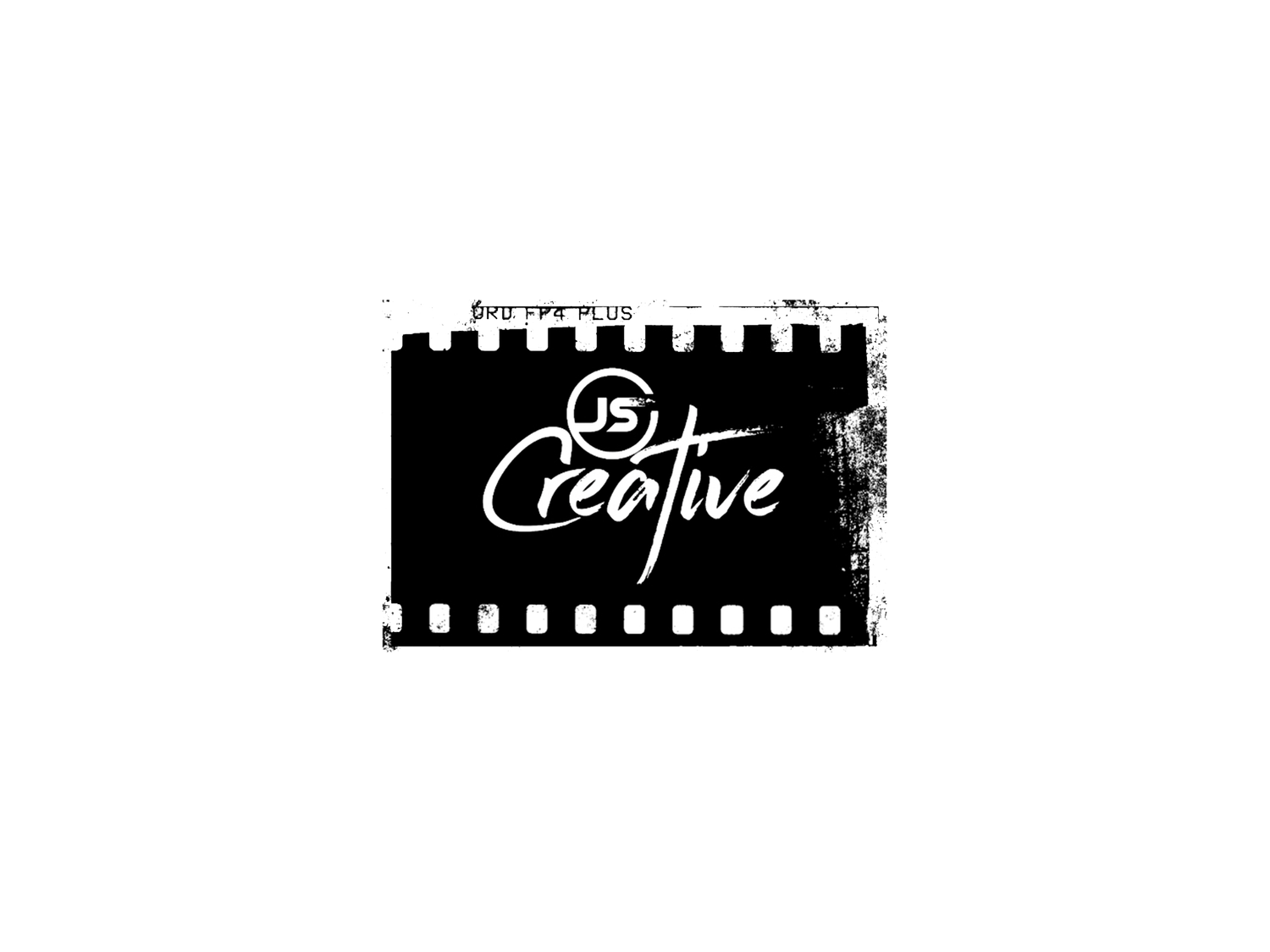Capturing Moments Through Time: A Journey into the History of the Camera
In the grand tapestry of human history, few inventions have had as profound an impact on our lives as the camera. From its humble beginnings to the sophisticated devices we wield today, the evolution of the camera is a fascinating journey that parallels the advancement of technology, art, and our collective desire to freeze moments in time.
The Pinhole Camera: An Ancient Revelation
The roots of the camera can be traced back to ancient times when philosophers like Aristotle and Mozi observed the phenomenon of camera obscura. However, it wasn't until the 11th century that the Arab scholar Ibn al-Haytham documented the principles of this optical phenomenon, laying the groundwork for the pinhole camera.
Daguerreotype: The Dawn of Photography
Fast forward to the early 19th century, and we encounter the French inventor Louis Daguerre, who introduced the daguerreotype process in 1839. This marked the birth of practical photography, allowing images to be captured on light-sensitive plates. The daguerreotype became immensely popular, providing people with the ability to preserve their likenesses for the first time in history.
The Kodak Revolution
In the late 19th century, George Eastman revolutionized photography with the introduction of the Kodak camera in 1888. This affordable and user-friendly camera came pre-loaded with film and could be sent back to Kodak for development and reloading. The catchphrase "You press the button, we do the rest" encapsulated the democratization of photography, making it accessible to a broader audience.
Roll Film and Compact Cameras
As the 20th century unfolded, technological advancements continued to shape the camera's evolution. The introduction of roll film by Kodak and the emergence of compact, handheld cameras made photography even more accessible. The iconic Leica camera, introduced in the 1920s, marked the birth of 35mm photography, further influencing the design of future cameras.
Single-Lens Reflex (SLR) and Autofocus
In the mid-20th century, the single-lens reflex (SLR) camera design gained prominence, offering photographers a clear view through the lens. Additionally, the development of autofocus technology in the late 20th century transformed the way we capture images, simplifying the process and allowing for quicker, more spontaneous photography.
Digital Era: The Rise of the Pixel
The turn of the 21st century witnessed the seismic shift from film to digital photography. Digital cameras, equipped with image sensors and electronic displays, eliminated the need for film and darkrooms. This transition not only revolutionized the way we take pictures but also paved the way for the integration of cameras into smartphones, making photography an integral part of our daily lives.
Smartphone Cameras: Every Pocket a Studio
In recent years, the ubiquity of smartphones has turned every individual into a potential photographer. The constant improvement of smartphone camera technology, with features like multiple lenses, computational photography, and artificial intelligence enhancements, has elevated the quality of images captured on these pocket-sized devices.
Conclusion: A Lens into the Future
As we reflect on the rich history of the camera, from the pinhole to the smartphone, it's evident that photography has evolved hand in hand with human progress. From preserving personal memories to documenting historical events, the camera has been an invaluable tool in our journey through time. Today, as technology continues to advance, we can only imagine the exciting possibilities that lie ahead in the ever-evolving world of photography.

